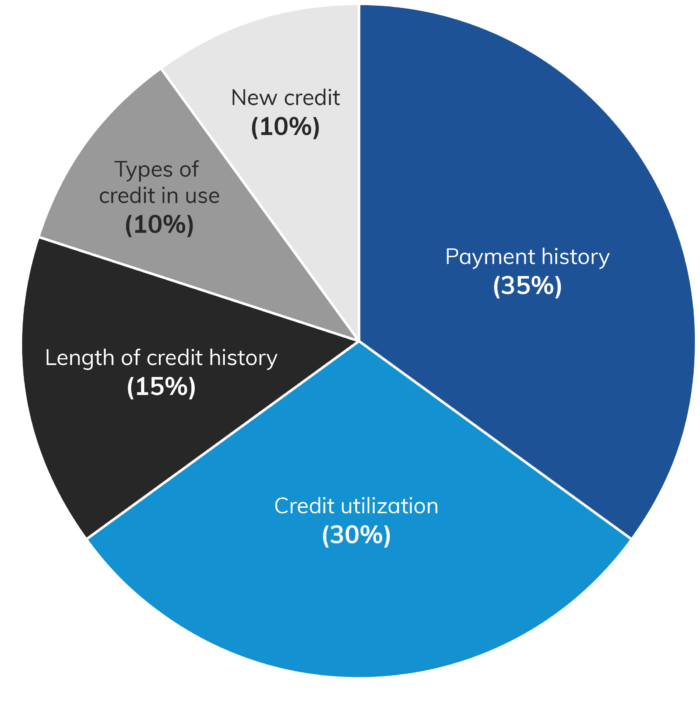Tips on Keeping a Great Credit Score
Tips & Useful Info
The FICO SCORE is the most commonly used credit scoring model. Your FICO is made up of these five factors:
Payment history (35%):
It’s important to make your payments on time. Late payments can hurt your credit score and cost you in fees and penalty interest rates.
Credit utilization (30%):
Keeping your debt balances low in relation to your credit limits is important for good credit health. Generally, you should keep your Credit Utilization below 30%. And remember, balances are often reported mid-billing cycle, so it’s a good idea to keep your utilization below 30% at all times.
Length of credit history (15%):
The longer your credit history, the better because potential lenders will see you as more creditworthy. Your Length of Credit History is calculated based on the age of your newest account, the age of your oldest account, and the average age of all of your credit accounts.
Types of credit in use (10%):
The mix of different credit accounts (such as auto loans or mortgages) you have will impact your credit in a small way. As a general rule, diversification is better than having only one type of credit account.
New credit (10%):
Applying for too many credit accounts at once can bring your score down. Each new credit application results in a new credit penalty, so try to avoid applying for multiple accounts in a short period of time.
The data that influences these factors comes from your credit report.
You have credit reports from each of the three major reporting agencies — Experian, Equifax and TransUnion — and you have a FICO score from each as well.
These scores may vary from one to the next if (a) one of your reports contains an inaccuracy or (b) Your lender doesn’t report to one or more of the agencies.

